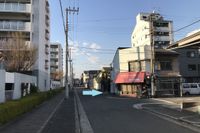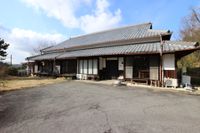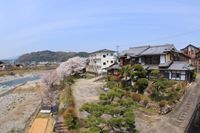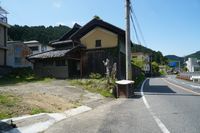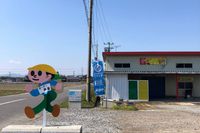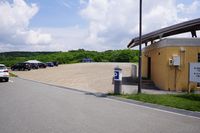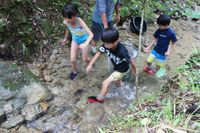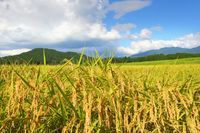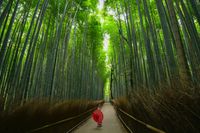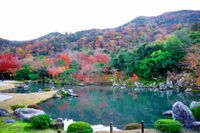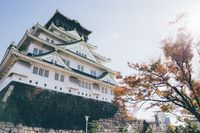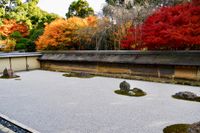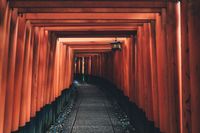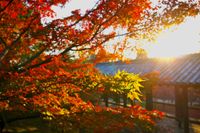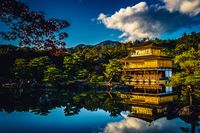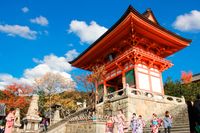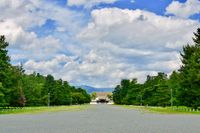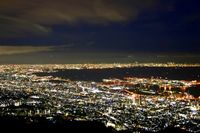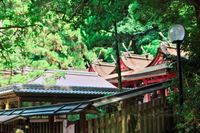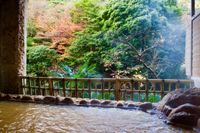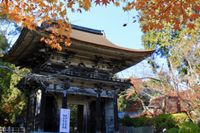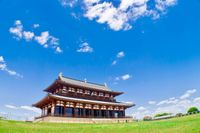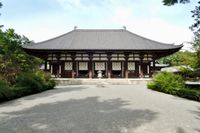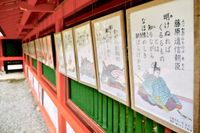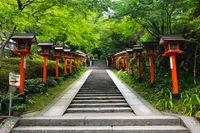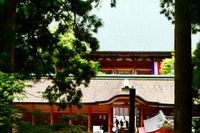
The forest of arts Ms Cafe
Description
An overnight spot in a car located north of Osaka. It is also easily accessible from Osaka city, and the highway entrance is very close. You can enjoy the bonfire every night while enjoying nature. Within driving distance are the National Museum of Ethnology, Ibaraki-Jinja Shrine, Soji-ji Temple, Higashi Honganji Ibaraki-Betsuin, etc. *There is a narrow space up to the parking lot, so please do not drive more than 2m wide.
Basic Facilities
Additional Fee Facilities
Nearby Facilities
Parking space
Note
Cancellation Deadline
Availability status
Sun | Mon | Tue | Wed | Thu | Fri | Sat |
|---|---|---|---|---|---|---|
30 | 1 | 2 | 3 | 4 | 5 | 6 |
7 | 8 | 9 | 10 | 11 | 12 | 13 |
14 | 15 | 16 | 17 | 18 | 19 | 20 |
21 | 22 | 23 | 24 | 25 | 26 | 27 |
28 | 29 | 30 | 31 | 1 | 2 | 3 |
Sun | Mon | Tue | Wed | Thu | Fri | Sat |
|---|---|---|---|---|---|---|
28 | 29 | 30 | 31 | 1 | 2 | 3 |
4 | 5 | 6 | 7 | 8 | 9 | 10 |
11 | 12 | 13 | 14 | 15 | 16 | 17 |
18 | 19 | 20 | 21 | 22 | 23 | 24 |
25 | 26 | 27 | 28 | 29 | 30 | 31 |
Reviews

お手洗いがとても広く綺麗でした。 事前に焚火や屋外調理、テーブル使用などについて確認させていただいていて、楽しみにしていたのですが、今回は生憎の天気で車中のみで過ごすこととなり残念でした。 途中の坂を下る時に車がかなり斜めになりドキッとしました💦

いい時間を過ごせました。 ホットサンドがとてもおいしかったです。 また行きたいと思える場所でした。

仕事が辛くて思い切ってペット達と車中泊しに行ってみました ゲリラ豪雨的なものが何回かあり犬はあまりあるけませんでしたが夜は涼しく何をするわけでも無く車の中でボーっとして過ごしましたが大自然の音と空気に癒されました 次回は朝食もお願いしたいと思います トイレもキレイで安心して利用できました ありがとうございました

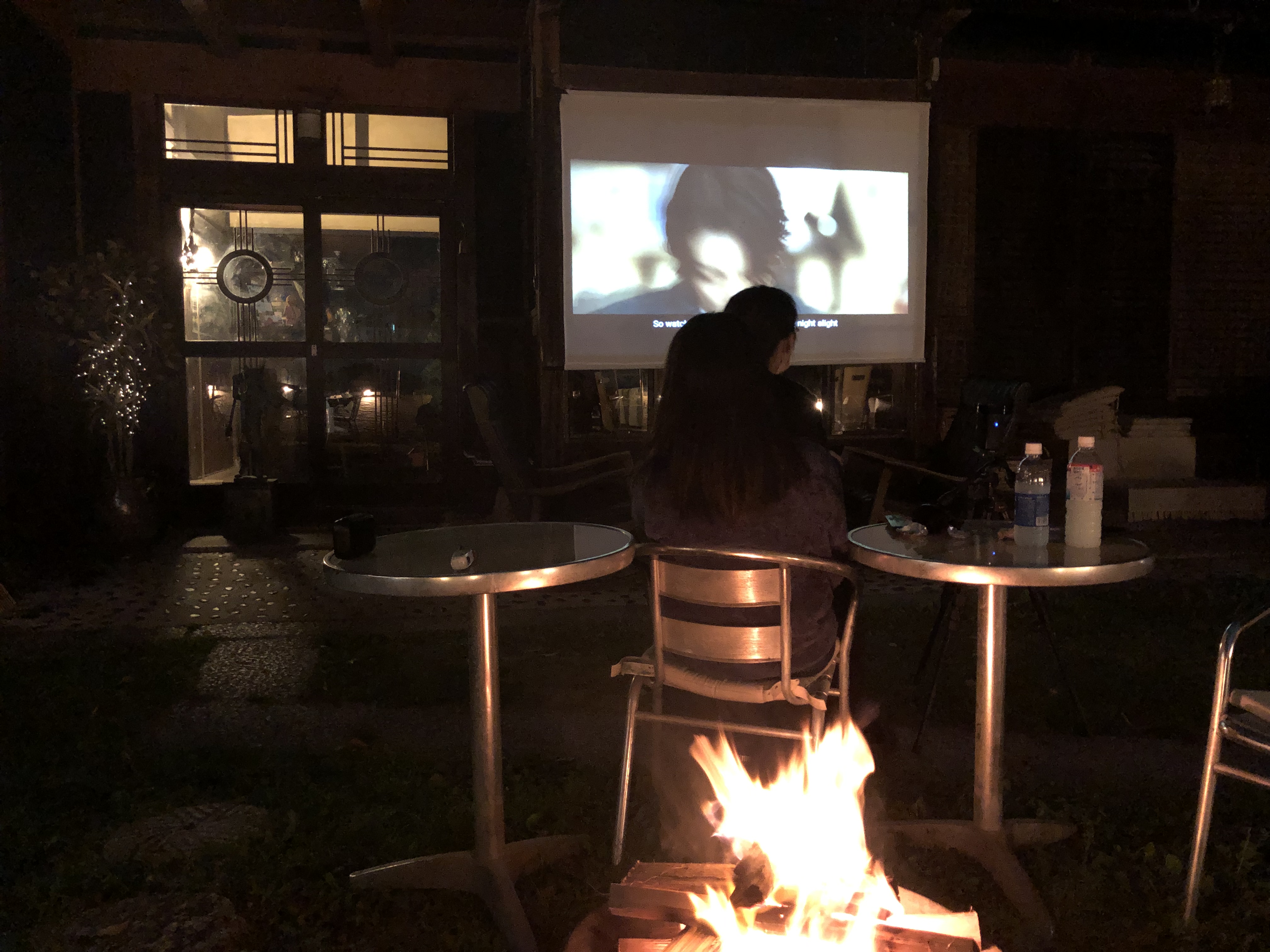
最初ぶっきらぼうな方なのかな?と思いましたが色々丁寧に教えてくれました♪ 施設は綺麗でした。 ただ、施設に行くまでの道はまあまあ狭い道です。 私の車はハイエースですが、本当にギリギリ💦あと、屋根部分は木の枝でちょっと傷ついてしまいました🥲 施設に入る迄の道の枝の剪定はやって欲しいかな〜

朝のホットサンドがめちゃくちゃオススメです!











